Your kitchen's not just where you cook—it's where the good stuff happens, from morning coffee chats to midnight snacks. Your kitchen is a busy place that demands the right type of lighting to match the activities you are engaging in. Perfect lights can really lift the mood for your specific purposes-be that dicing veggies, enjoying dinner with your crew, or just basically hanging out.

Essential Kitchen Lighting Types for Optimal Functionality
When setting up your kitchen, it's important to include different types of lighting. Each type serves a specific purpose, making your kitchen not only functional but also welcoming:
- Task Lighting: This is strong, direct light that helps you see clearly when you're chopping vegetables or washing dishes. It should be bright enough so you can focus on your tasks without straining your eyes.
- Ambient Lighting: Ambient lighting refers to the overall lighting of your kitchen. The whole area is gently illuminated, which creates a warm and inviting atmosphere. It's the light that greets you into the room.
- Accent Lighting: This is used to draw the eye to special areas or items, such as artwork or glass-front cabinets with particularly fine dishes. It brings style and depth into your kitchen.
- Natural Light: Whenever possible, let in sunlight. It makes everything look better and can save on energy costs during the day. Plus, it’s good for your mood!
For a well-lit kitchen, consider these points:
- Identify areas where you work and carry out tasks that involve bright lights.
- Install dimmer switches on ambient lighting for flexibility based on time of day or occasion.
- Accent lights really should be the finishing touches-used to spotlight special features or decor.
- Put up your blinds or curtains to control natural light and reduce glare on shiny surfaces.

How Do Different Kitchen Layouts Affect Your Lighting Choices?
Different kitchen layouts have unique lighting requirements. Common layouts include:
| Kitchen Layout | Lighting Requirement | Suggested Solutions |
| L-shaped | Even distribution on perpendicular walls | Recessed lighting, Under-cabinet lights |
| U-shaped | Balanced light to avoid shadows in corners | Ceiling-mounted fixtures, Strip lights |
| Galley | Linear lighting for narrow spaces | Track lighting, Wall-mounted fixtures |
Within these layouts, it's essential to identify and properly light specific work zones:
| Work Zone | Function | Lighting Need |
| Preparation Zone | Chopping, mixing, meal prep | Bright, focused task lighting |
| Cooking Zone | Stovetop and oven use | Clear, bright, safe lighting |
| Cleaning Zone | Washing dishes, cleaning surfaces | Good, non-glare lighting |
| Storage Zone | Accessing food and utensils | Bright light for visibility |
1. Preparation Area Lighting
You would want your preparation area, where you are most likely to cut, measure, and organize your cooking ingredients, to be brightly and directly lit so that you may focus on what's at hand, observing even the minutest of details without stress.
2. Stove and Oven Lighting
The stove and oven areas are where you actually cook, and the lighting around them should be clear and strong. Sufficiency in light here is not only important for seeing what you are cooking but also for preventing accidents that might be triggered because of poor visibility.
3. Sink Area Lighting
Over the sink where you are washing dishes and rinsing off food, there should be a bright light to see clearly without glare. Proper lighting in this area is highly important for cleanliness and comfort during the work of washing up.
4. Storage Lighting
In the cabinets and pantries that house food and kitchen tools, lighting should be sufficient to enable one to find what they need without fuss. Proper lighting in storage will eliminate fumbling through darkened shelves and drawers.

Shop Our Premium Lighting Collection
Explore our hand-selected bestsellers featuring crystal chandliers, pendant lights, wall scones and authentic alabaster stone:
How to Select the Right Fixtures for Task Lighting
For effective task lighting, consider under-cabinet LED strips or puck lights for countertops, mounting them towards the front to avoid glare. Pendant lights work well over islands, suspended 30-36 inches above for optimal illumination without obstruction. Track lighting offers a versatile solution, allowing you to direct light to specific areas and eliminate shadows on work surfaces. The goal is always to eliminate shadows.
| Task Lighting Fixture | Location | Purpose |
| Under-Cabinet Lights | Beneath upper cabinets | Provides direct lighting on countertops for food prep |
| Pendant Lights | Over islands/peninsulas | Offers focused light, suitable for dining or additional prep space |
| Track Lighting | Ceiling-mounted | Adds adjustable lighting that can be directed where most needed |

How to Create Ambience with Ambient Lighting
| Ambient Lighting Fixture | Location | Purpose | Design Integration |
| Ceiling-Mounted Fixtures | Ceiling | Distributes light evenly across the kitchen | Select styles and finishes that match kitchen decor |
| Recessed Lighting | Ceiling | Offers a streamlined look with widespread light | Ensure consistent spacing for uniform illumination |
| Wall Sconces | Walls | Provides decorative lighting with functionality | Match with the kitchen's color scheme and metal finishes |
Ceiling-Mounted Fixtures
These fixtures, which include flush-mount or semi-flush-mount options, excel at providing a blanket of light throughout the kitchen. They're perfect for ensuring there are no dim areas in the room. When choosing these fixtures, it’s important to consider the design that complements your kitchen’s theme.

Recessed Lighting
For a sleek and modern touch, recessed lighting is a go-to option. These "can lights" sit flush with your ceiling, giving off a clean appearance along with ample ambient light. To achieve the best effect, it's key to space them evenly across the ceiling to avoid uneven lighting.
Wall Sconces
Wall sconces serve a dual purpose: they enhance the ambiance and add to the décor. Mounted on walls, they can provide layers of light that complement overhead lighting. When selecting wall sconces, it's not just about how much light they emit but also their material and finish. They should tie in with other metal elements or colors in your kitchen, such as cabinet handles, faucets, or appliances, creating a harmonious design flow.

Accent Lighting to Highlight Features
| Accent Lighting Fixture | Installation Area | Purpose | Design Tip |
| LED Strip Lights | Under cabinets, toe kicks | Adds a soft glow in targeted areas, enhancing the kitchen's look | Use dimmable options for adjustable brightness |
| Directional Spotlights | Above architectural features | Focuses attention on specific design elements | Align with room’s geometry for a cohesive appearance |
| Puck Lights | Inside or under glass cabinets | Highlights contents, adds depth and interest to cabinetry | Choose warm or cool tones to match the mood you want to achieve |
LED Strip Lights: Subtle Glow for Edges and Corners
LED strip lights are super versatile. You can stick them under the edge of your cabinets or along the bottom of your kitchen (that’s called the toe kick) to give off a gentle light. This type of lighting can make your kitchen look larger and more inviting. And if you get strips that can dim, you have full control over the mood—brighter when you’re cooking or softer for a relaxed dinner.
Directional Spotlights: Shine on Standout Details
Got a beautiful textured wall or a neat row of exposed beams? Directional spotlights can help you show these off. They're adjustable, so you can point them exactly where you want people to look. Just make sure to place them so they enhance the natural lines and shapes in your room.
Puck Lights: Illuminate Your Treasures
These small, round lights are perfect for glass-front cabinets where you keep your fancy dishes or neat rows of spices. When turned on, puck lights act like a mini spotlight for whatever's inside, adding depth and a bit of drama to your cabinets. Pick a light color that complements what's already there—warmer hues for earthy ceramics, or cooler ones for sleek, modern pieces.

What Lighting Style Best Fits Your Kitchen?
1. Modern Fixtures: Clean and Bright
If your kitchen is all about that modern vibe, think sleek when choosing your lighting. Pendant lights with straight lines and no-fuss looks will keep everything cool and polished. They should be more than just good-looking, though. Pick ones that throw off plenty of light so you can see what you're doing.
| Lighting Style | Examples of Fixtures | Kitchen Design Compatibility |
| Modern | Simple pendant lights | Great for kitchens with a modern, sharp look |
2. Rustic Lighting: Cozy and Warm
For a kitchen that has a rustic or country feel, lighting with a bit of old-fashioned charm fits right in. Think fixtures made from wrought iron or those that show off Edison-style bulbs. These add a touch of the past but still need to make your space bright and welcoming.
| Lighting Style | Examples of Fixtures | Kitchen Design Compatibility |
| Rustic | Edison bulbs in iron holders | Works well in kitchens that have a cozy, natural feel |
3. Traditional Touches: Elegantly Illuminated
Do you lean towards classic styles? Then chandeliers or lantern-shaped pendants could be the way to go. They bring an elegant feel to your kitchen. Just make sure they’re not just for show—their main job is to light up your whole kitchen, not leave you in the dark.
| Lighting Style | Examples of Fixtures | Kitchen Design Compatibility |
| Traditional | Fancy chandeliers or lantern lights | Fits with kitchens that have a classic and sophisticated style |
4. Industrial Elements: Functional and Stylish
Is your style more industrial? Then exposed bulbs and cool metal finishes might be up your alley. They give that edgy, warehouse look, but don't forget—they've got to work hard, too. Make sure these fixtures have the right light levels and can be dimmed if needed, so you get both the look and the function just right.
| Lighting Style | Examples of Fixtures | Kitchen Design Compatibility |
| Industrial | Bare bulb fixtures with metal parts | Perfect for kitchens with an edgy, industrial vibe |

Which Color Temperature Is Best for Your Kitchen Lighting?
Choosing the right kitchen light color temperature depends on your needs. Warm light (2700K-3000K) creates a cozy atmosphere, ideal for dinners. Cool light (3500K-4100K) is brighter and better for tasks like cleaning. Daylight bulbs (5000K-6500K) are the brightest and best for detailed cooking and showing true food colors. Modern adjustable LED bulbs offer the flexibility to switch between warm and cool light as needed for different times of day.
| Color Temperature | Kelvin Range | Kitchen Mood | Best For |
| Warm Light | 2700K - 3000K | Cozy and Welcoming | Dinner parties, evening meals |
| Cool Light | 3500K - 4100K | Clean and Alert | Morning routines, cleaning, meal prep |
| Daylight | 5000K - 6500K | Sharp and Precise | Detailed tasks like chopping or reading recipes |

Get Your Kitchen Cozy and Bright with Just the Right Lighting
Whether your kitchen feels sleek and modern, like a café, or cozy, like an inn in the countryside, there's lighting out there to match. And then, of course, there's magic in adjustable bulbs—those that go from daylight-bright to soft and warm—which let you tweak the light to suit whatever's happening, whether it's the busy morning rush or a chill evening meal. So now you have all that you need to make your kitchen functional and a place you'll just love being in, any time of the day.

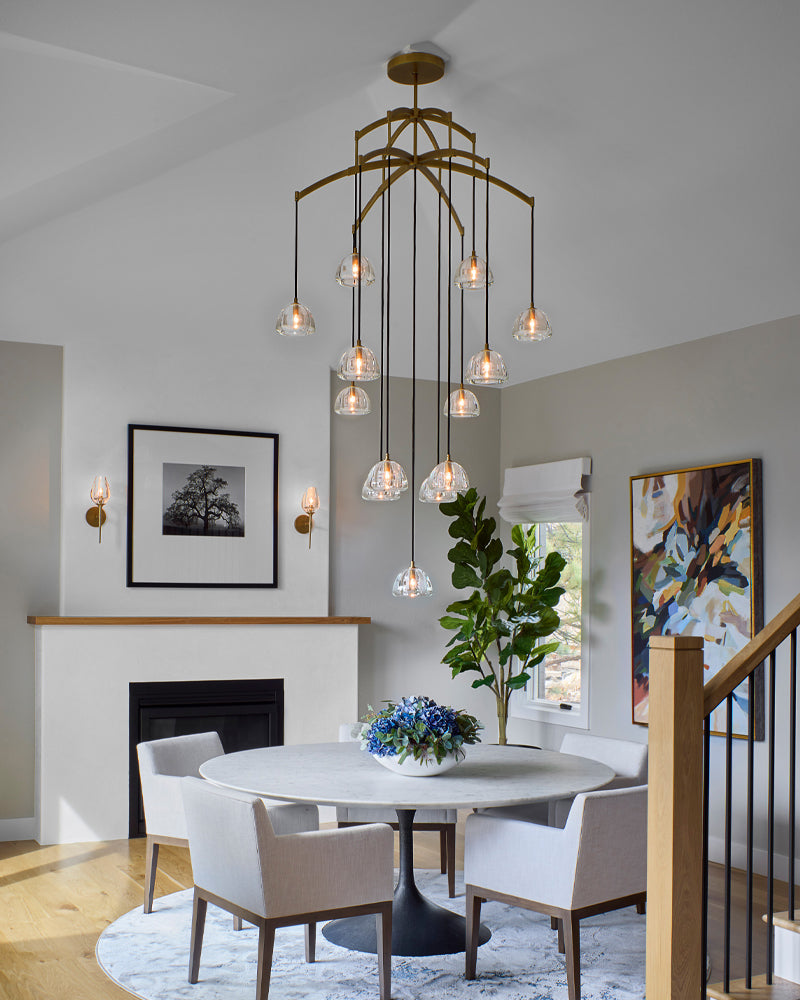
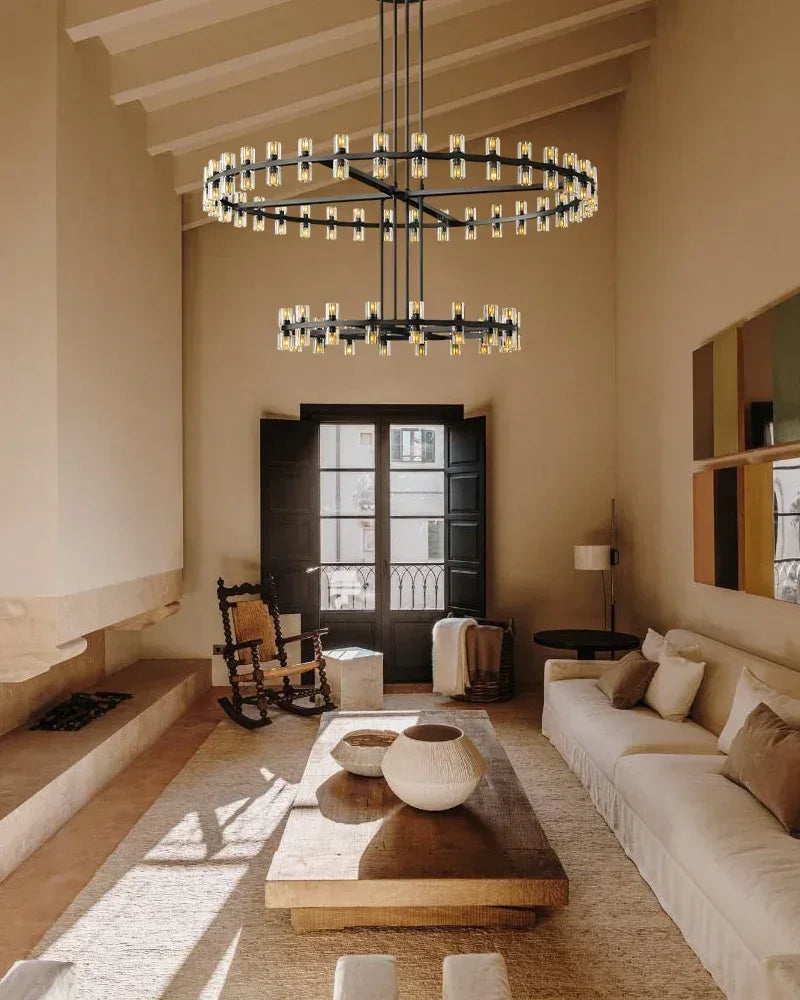
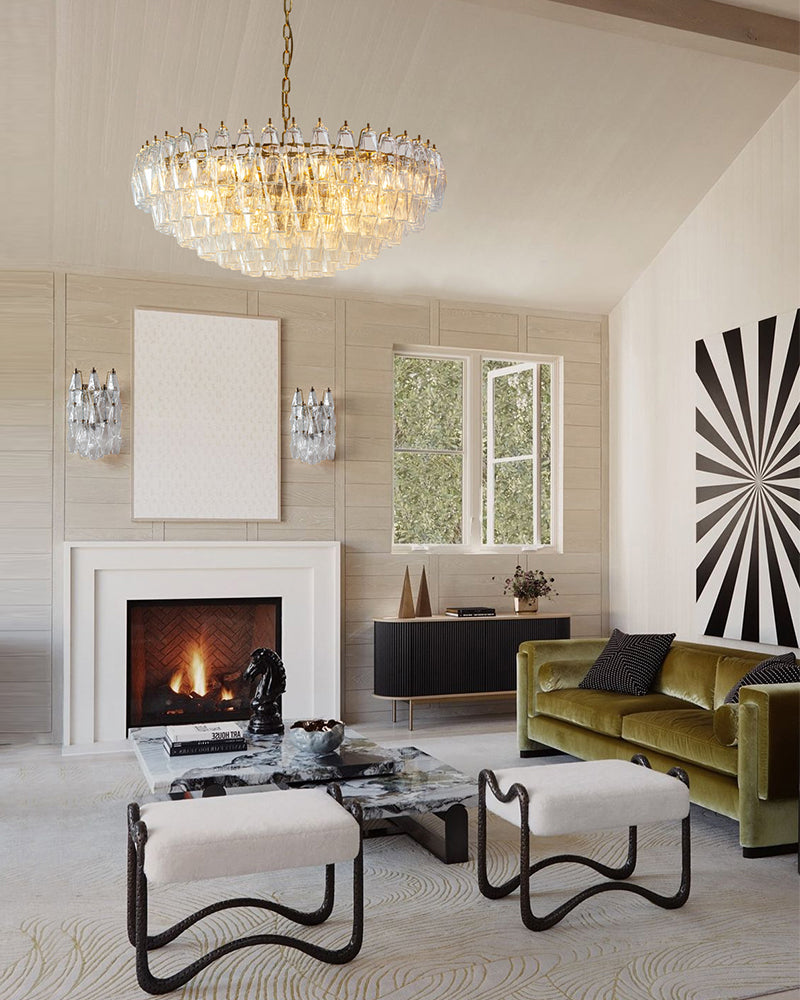
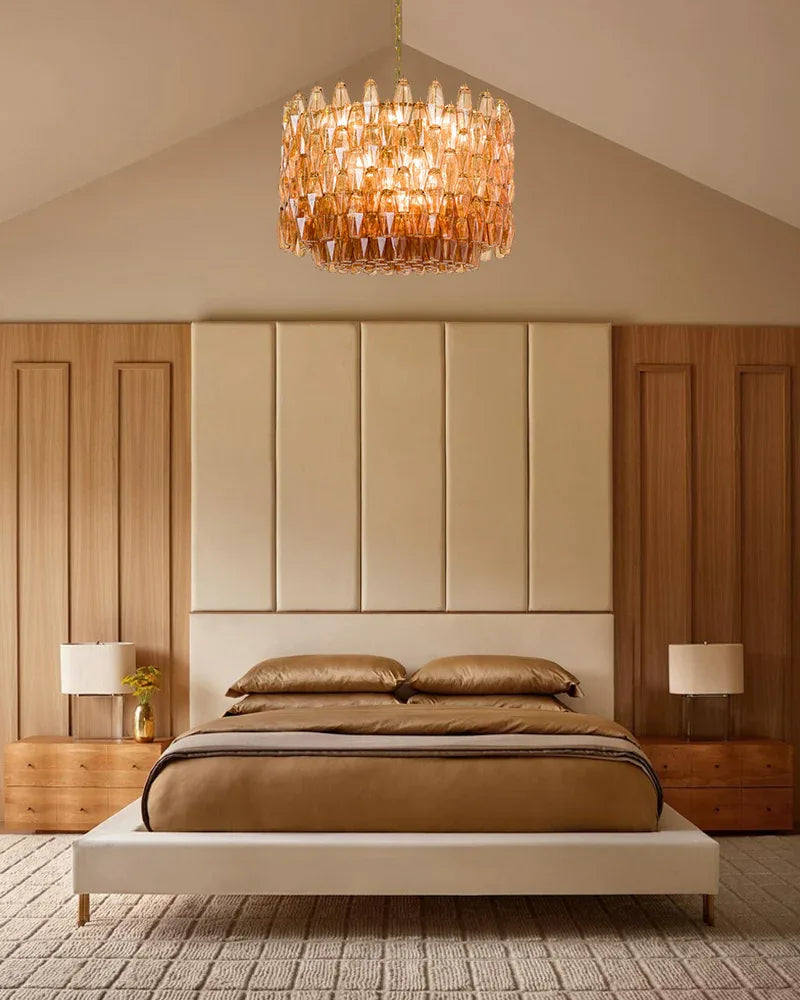
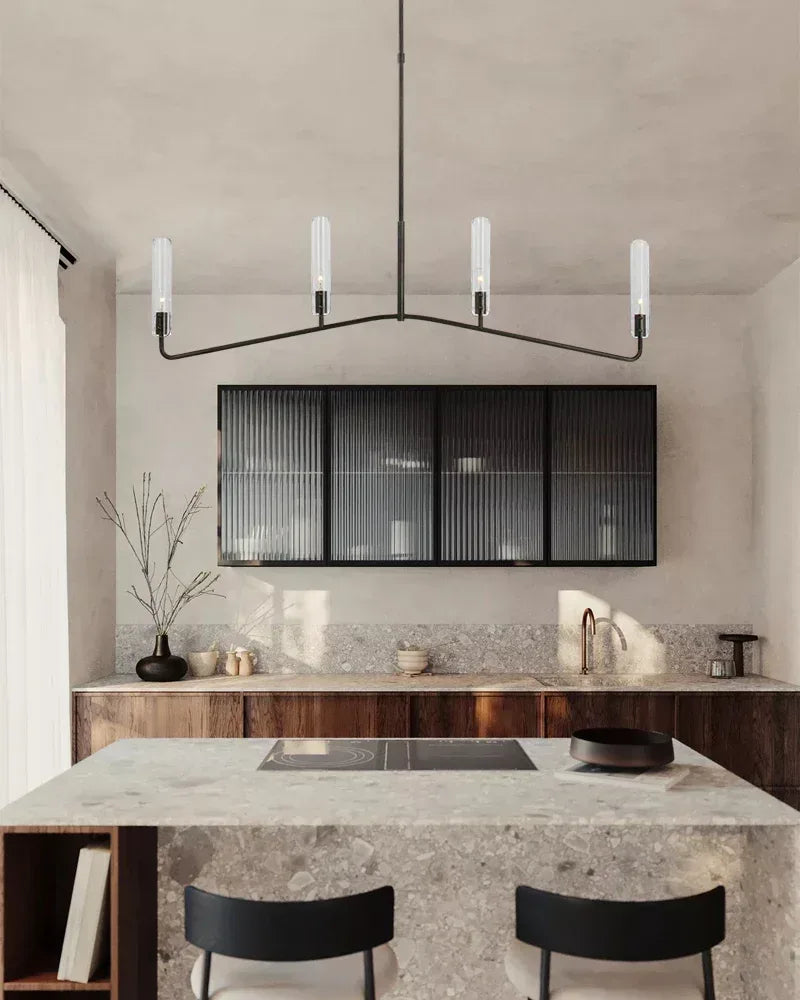
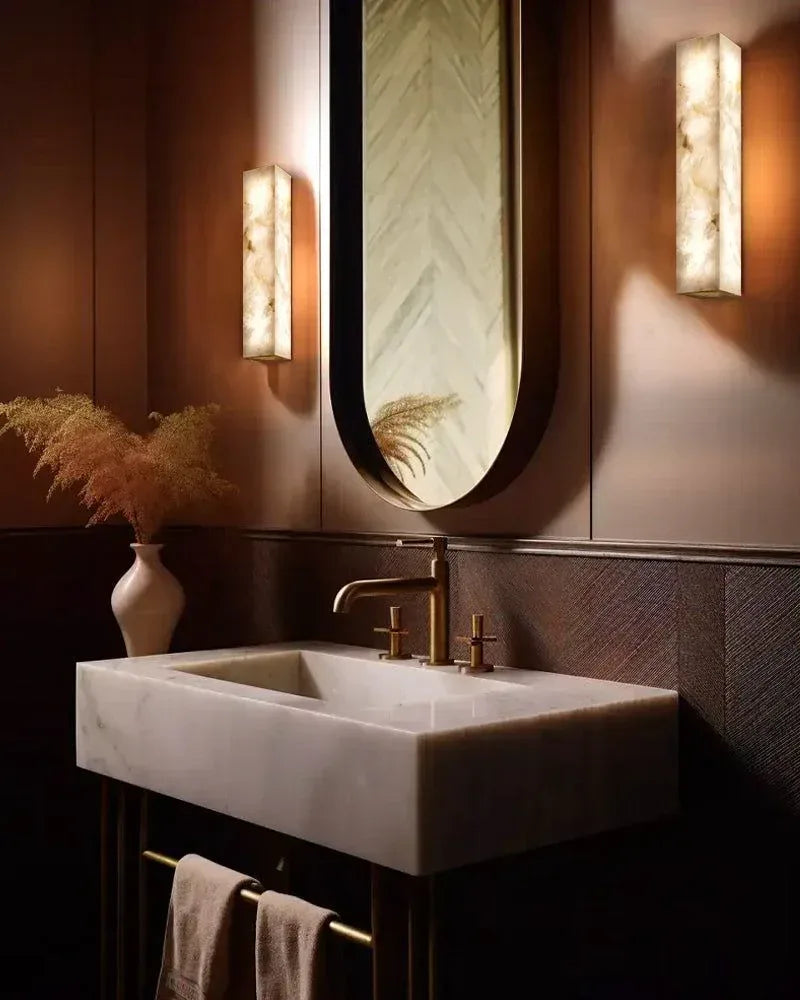

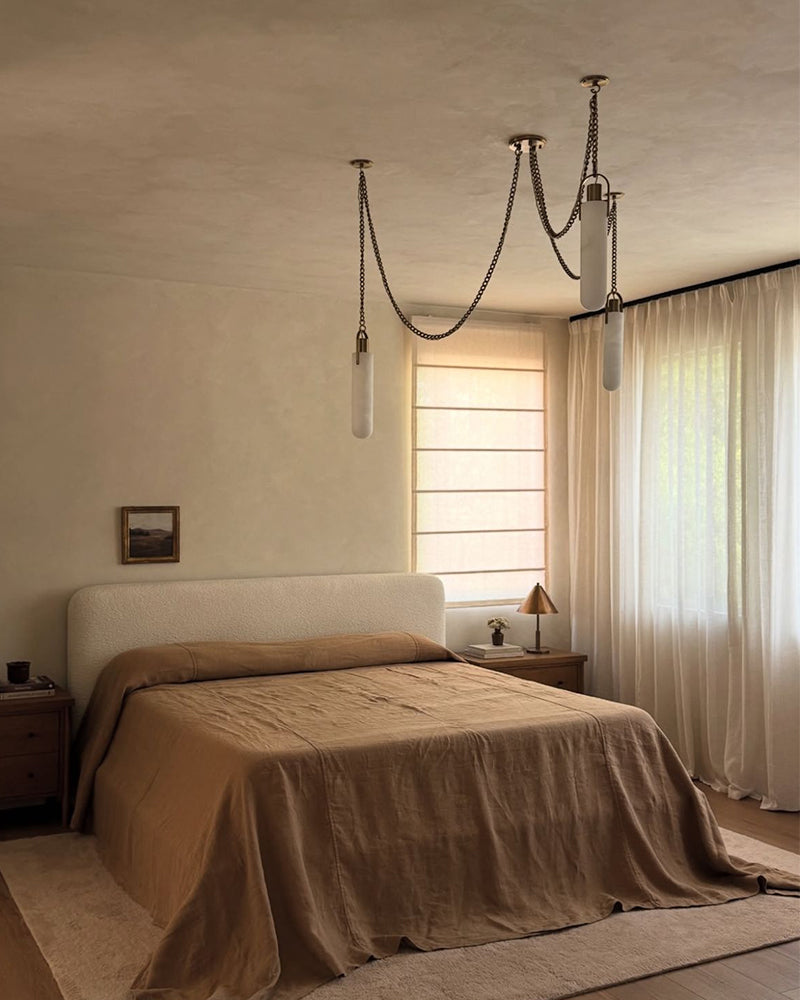
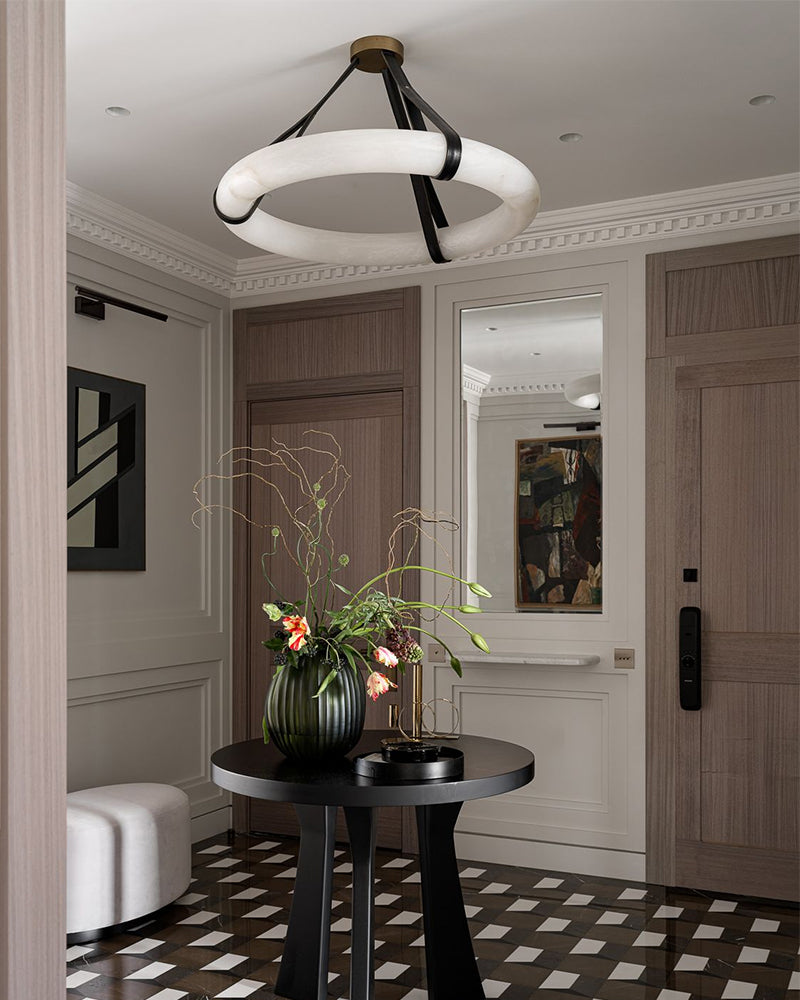
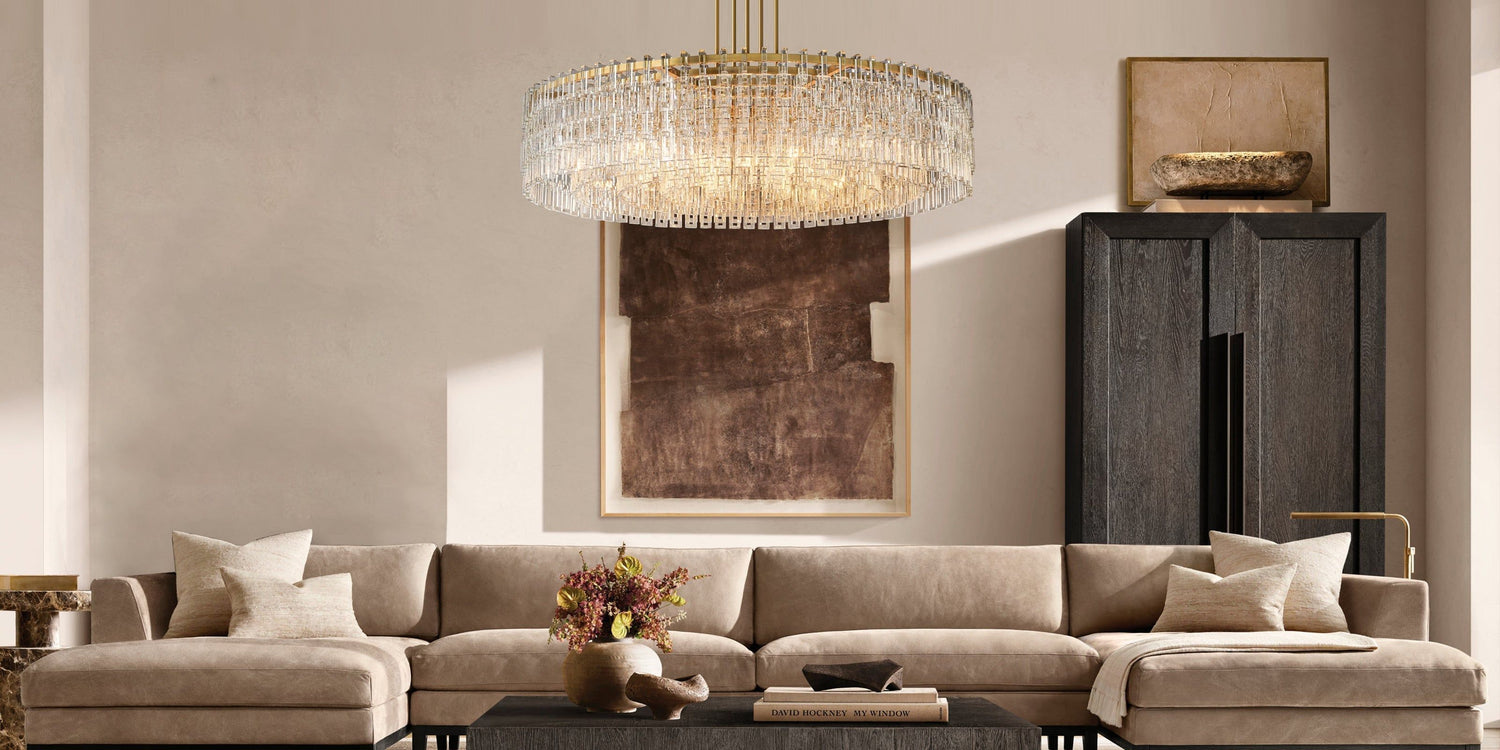
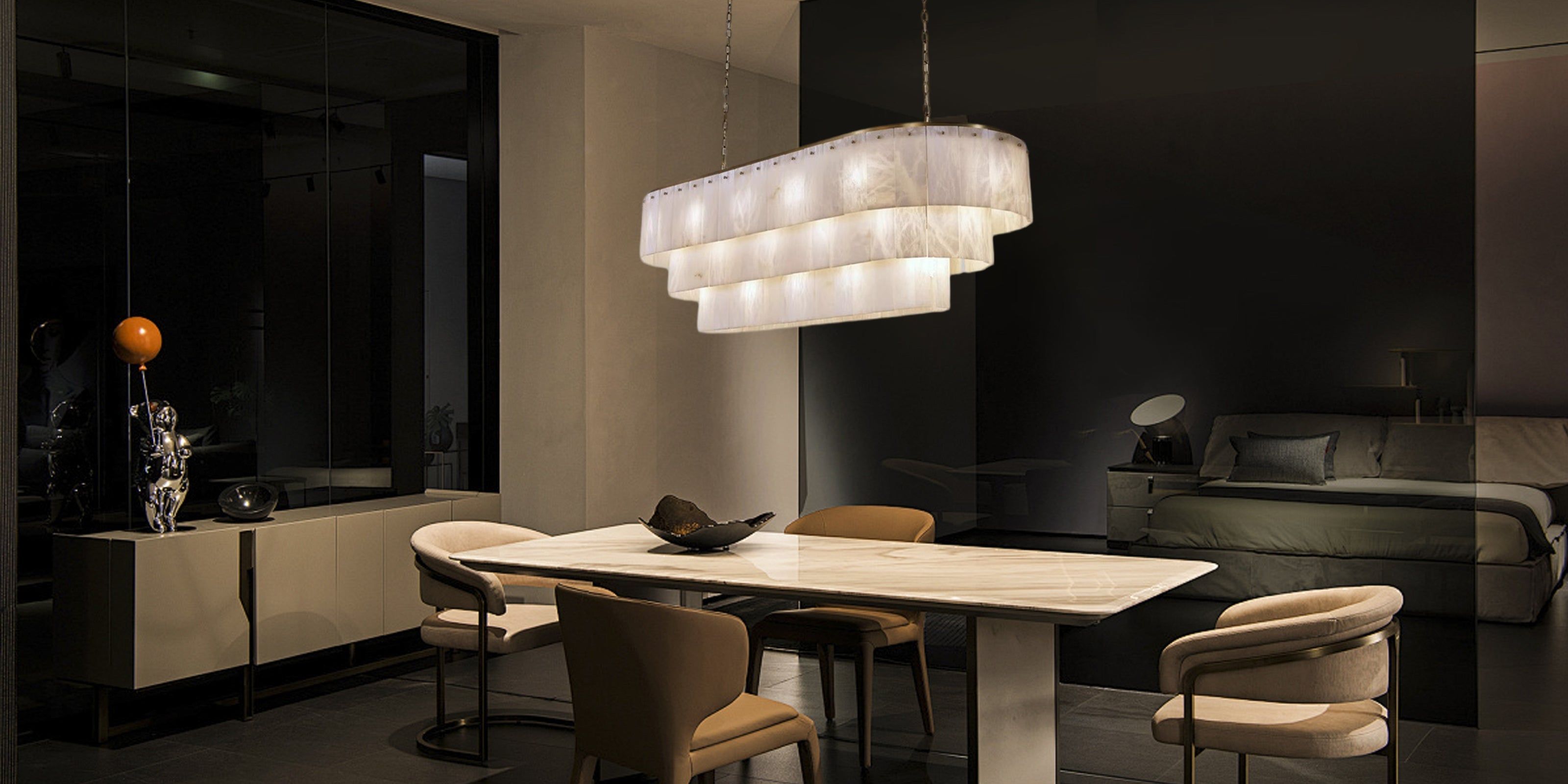
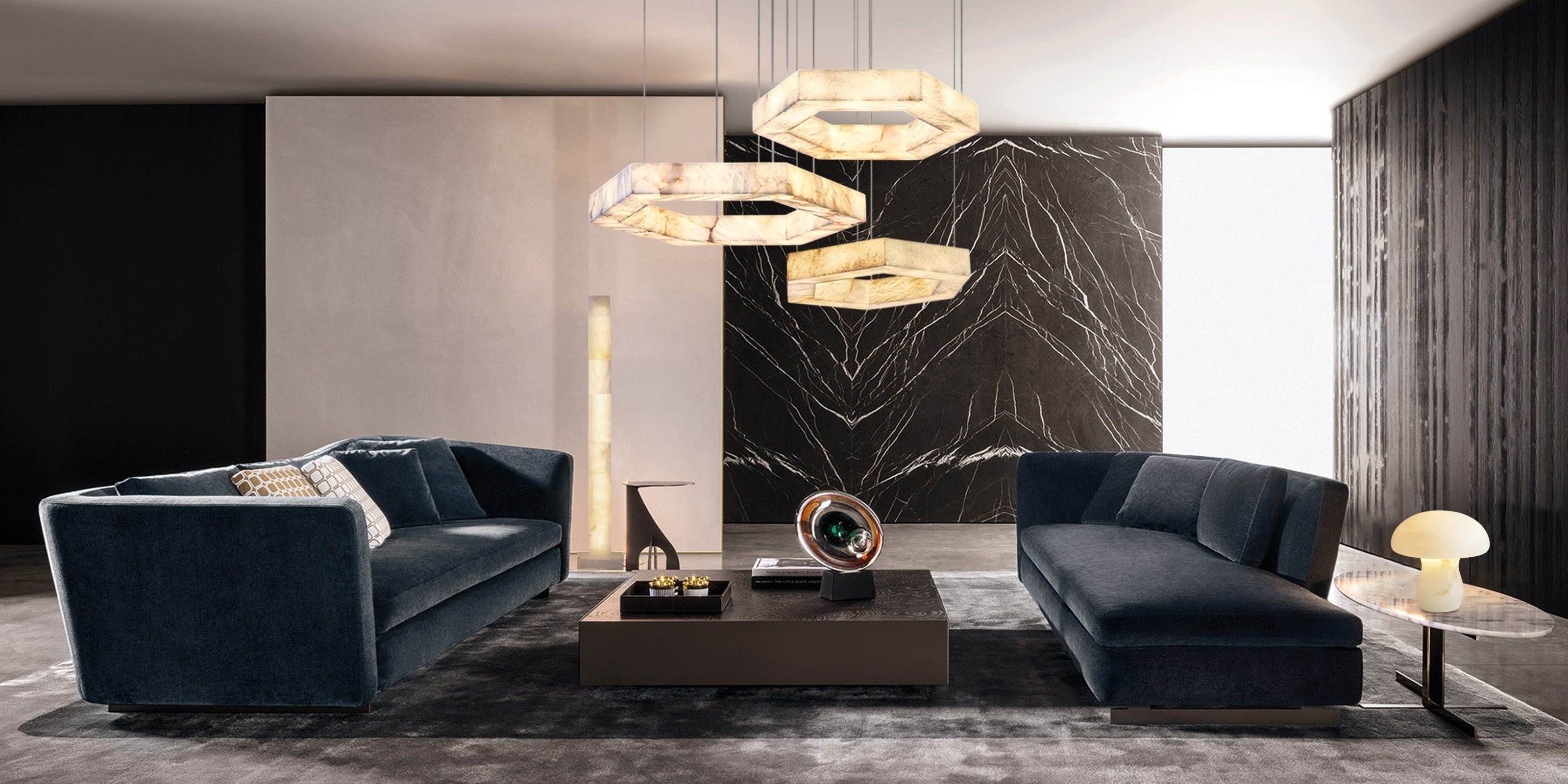
Leave a comment
This site is protected by hCaptcha and the hCaptcha Privacy Policy and Terms of Service apply.